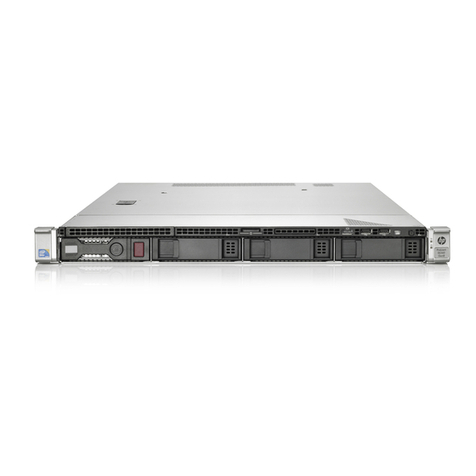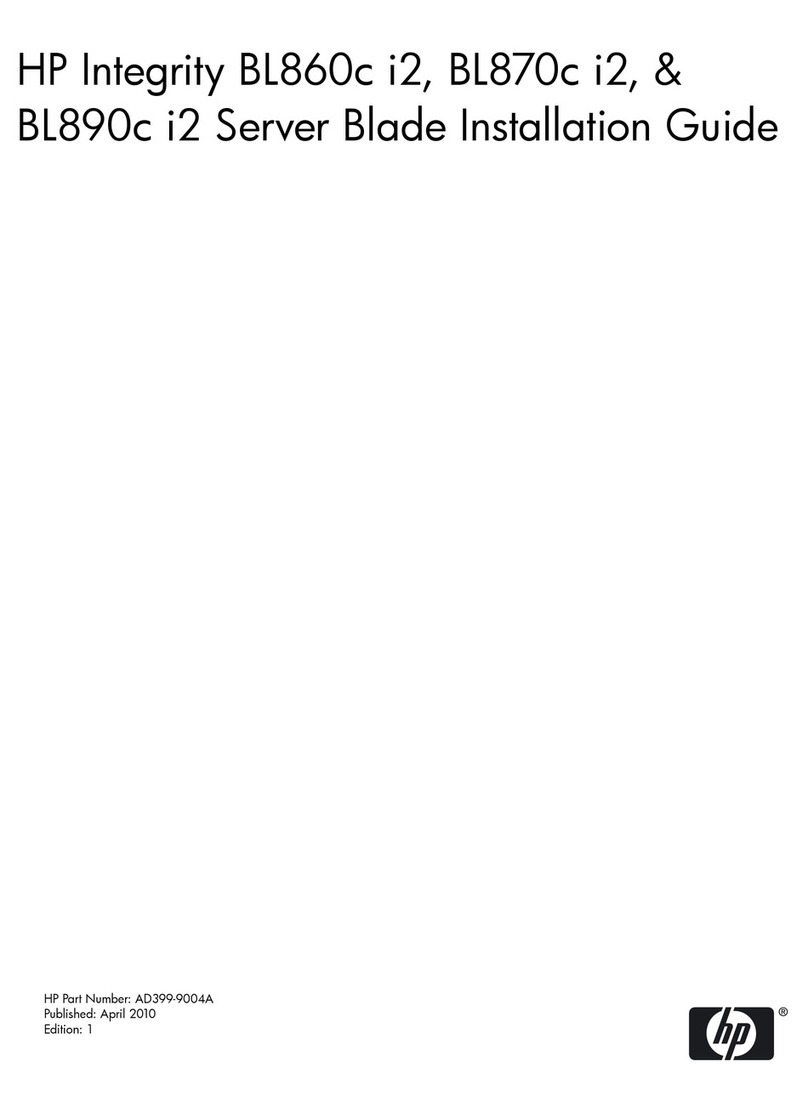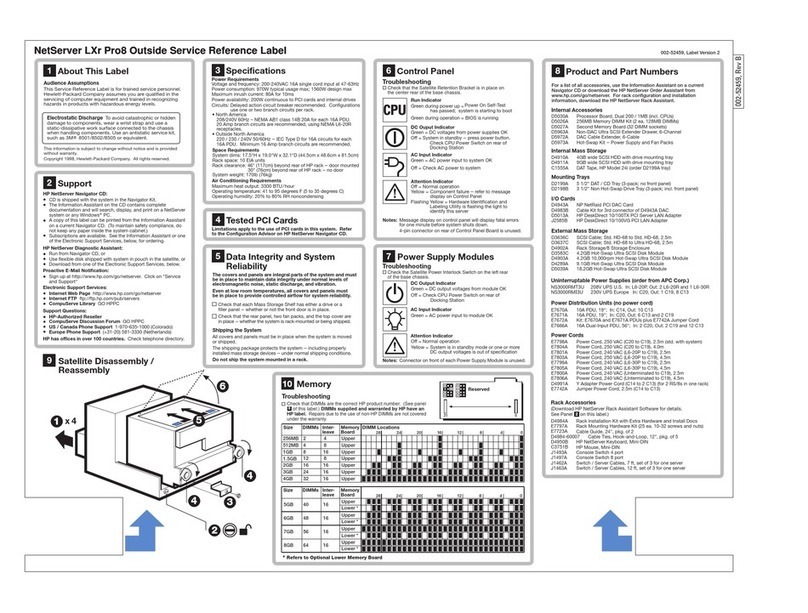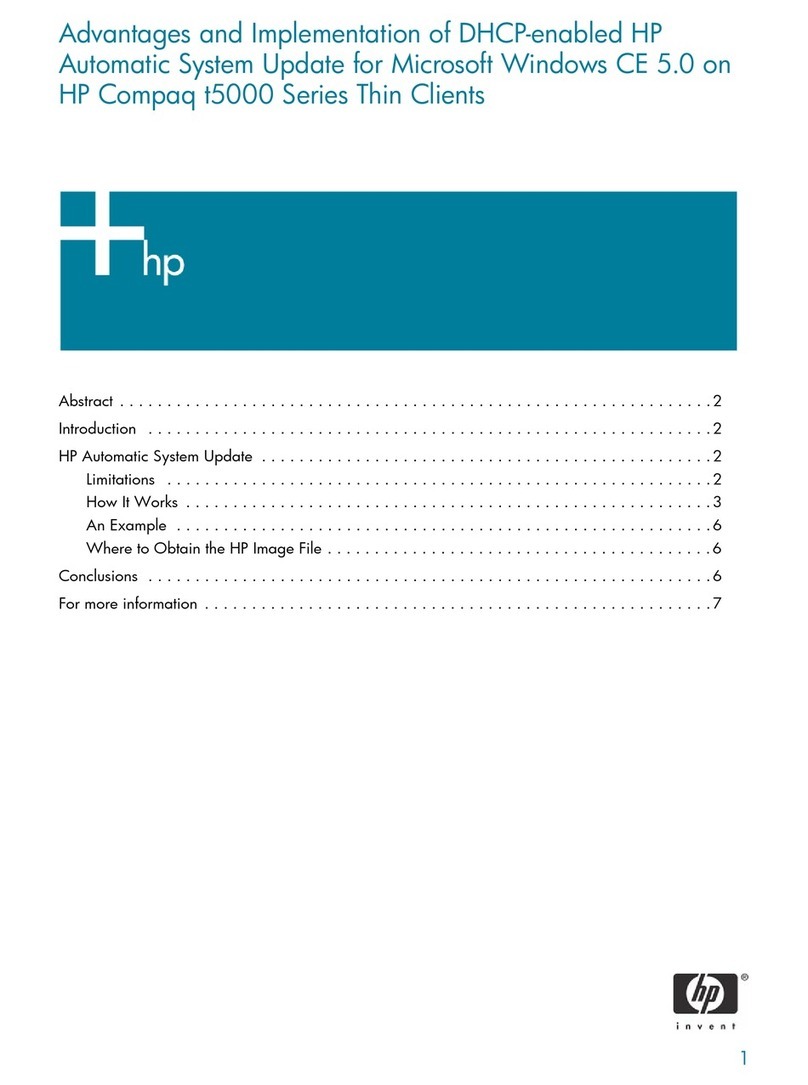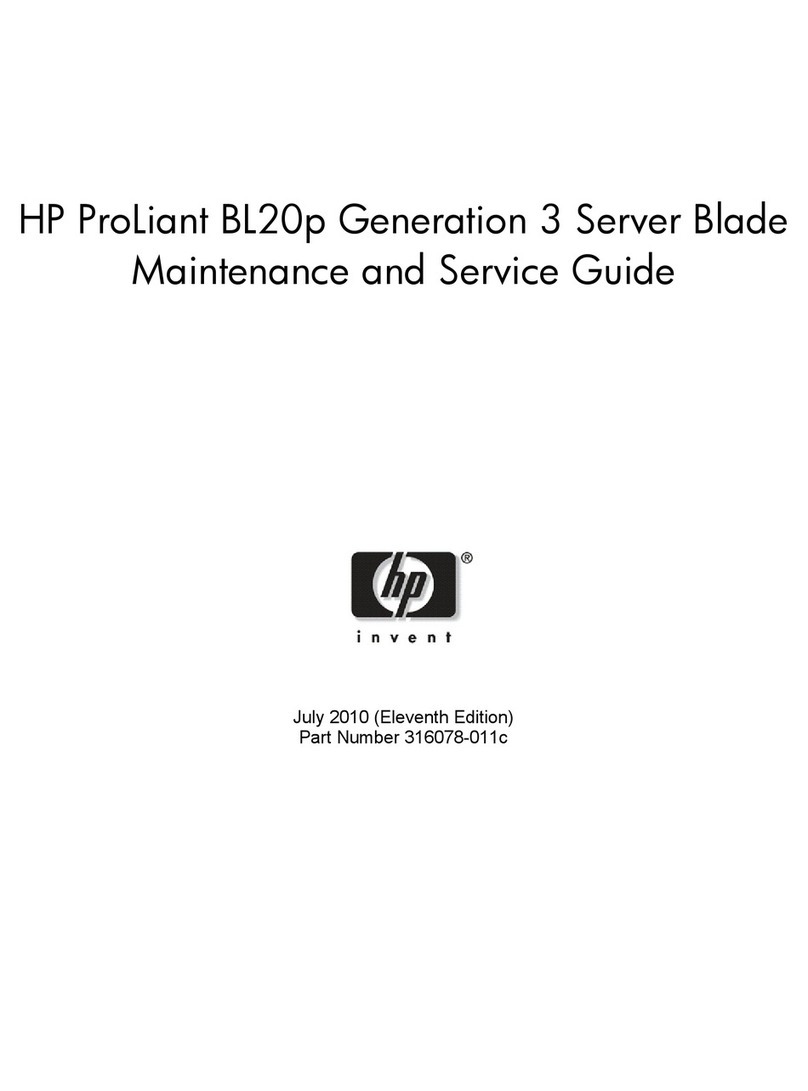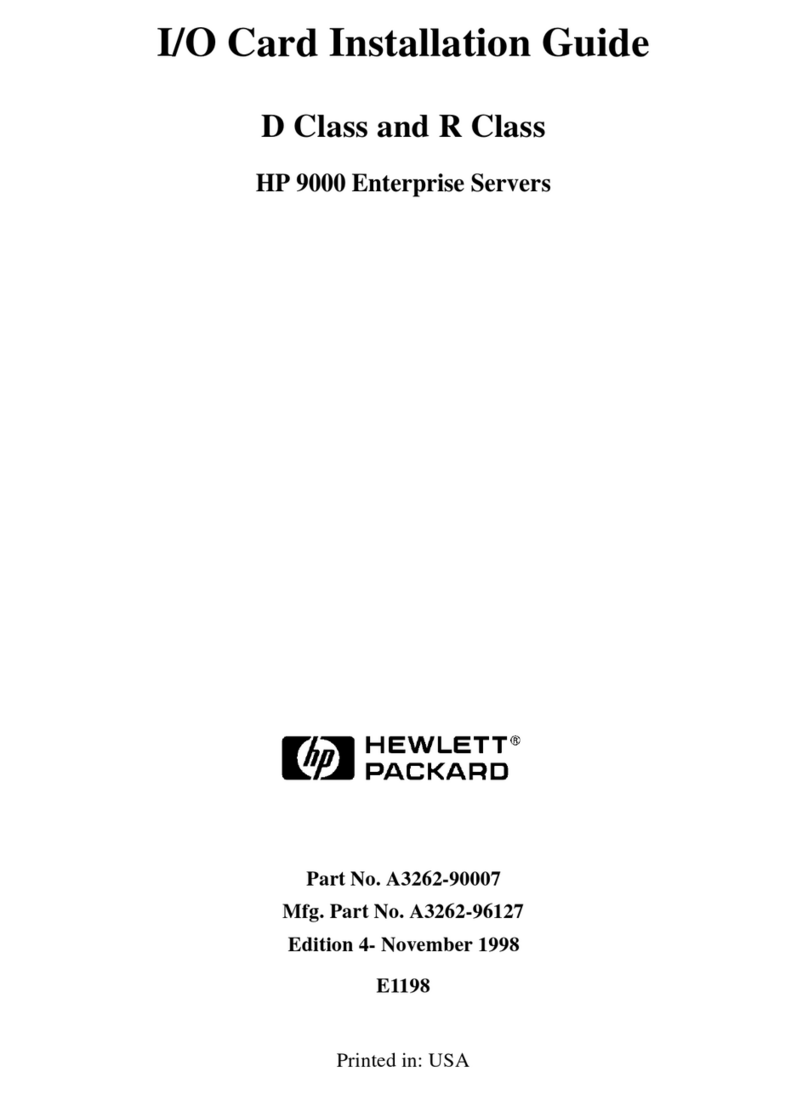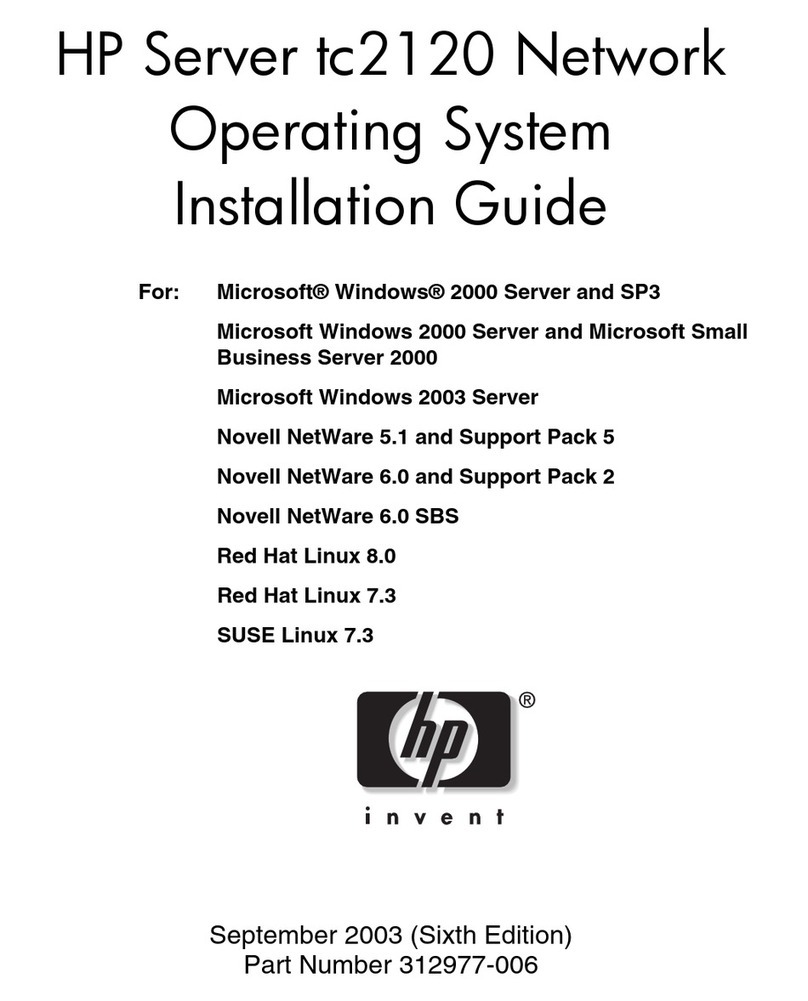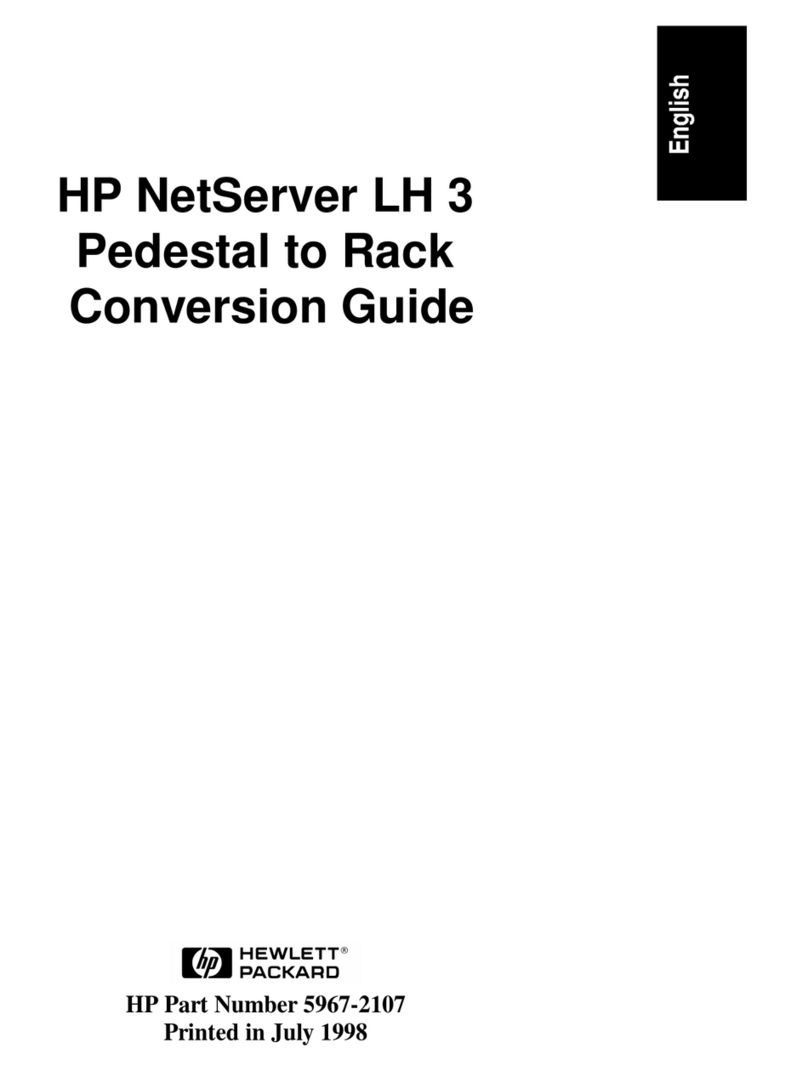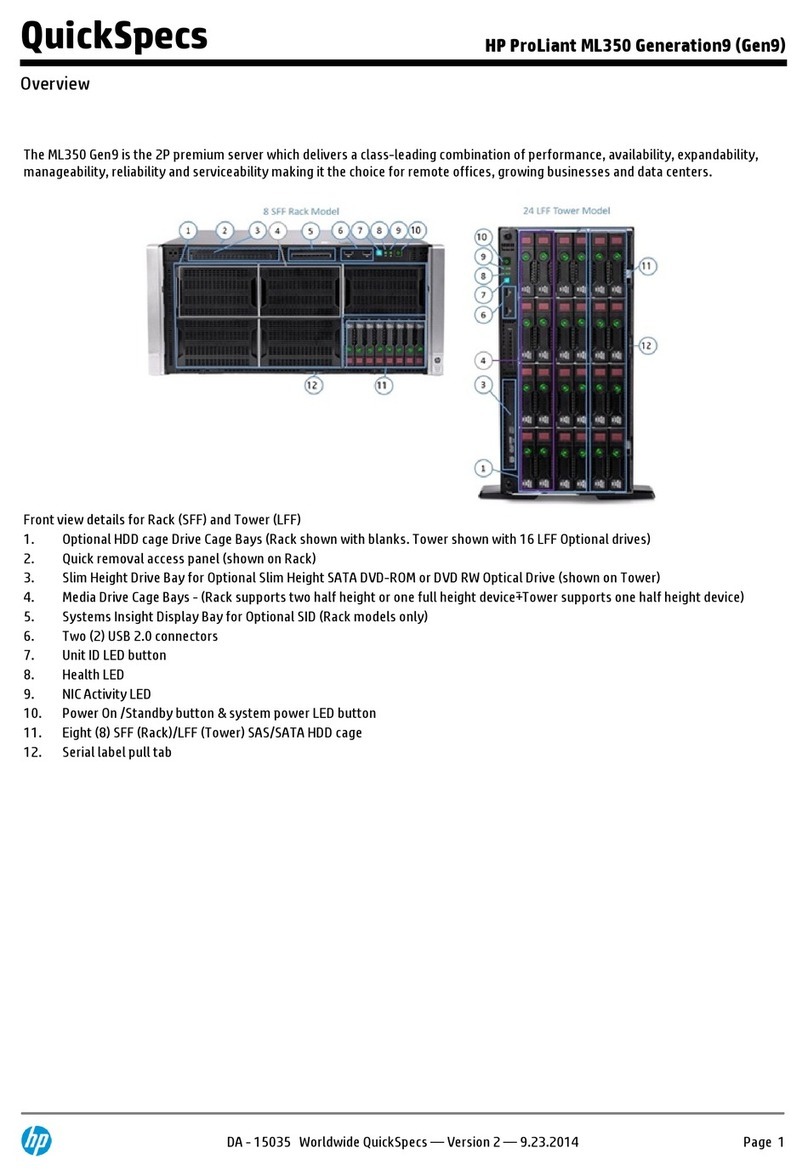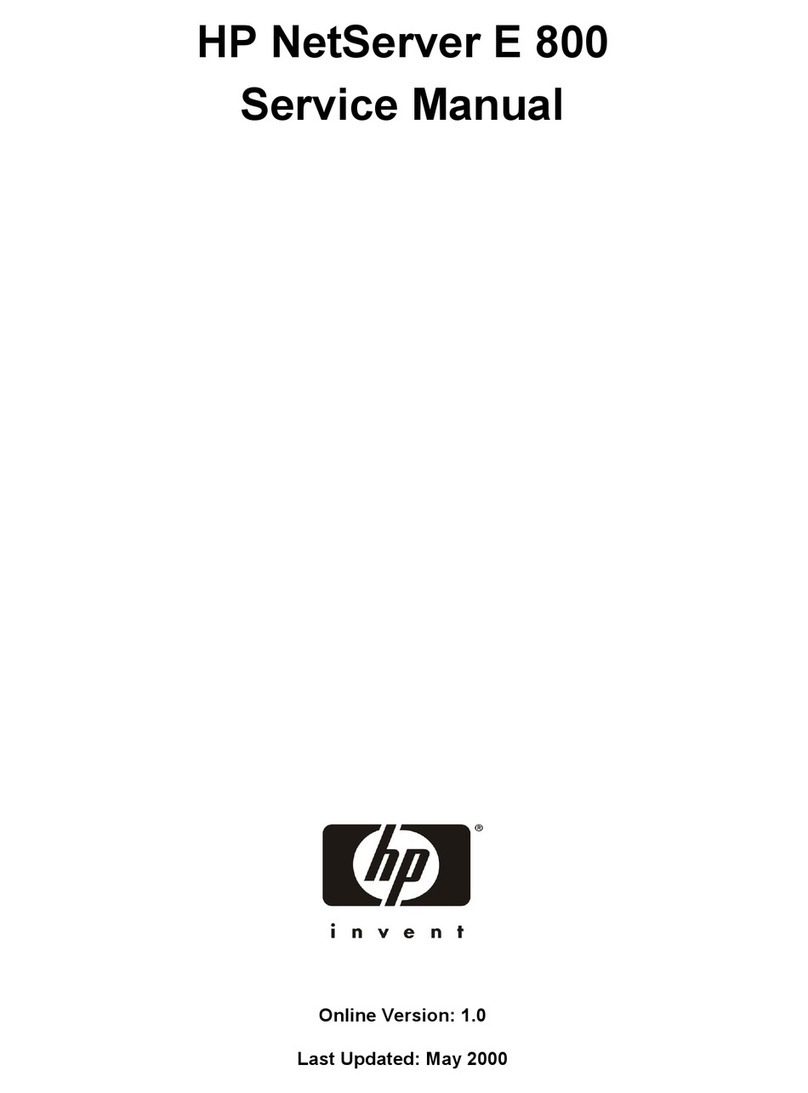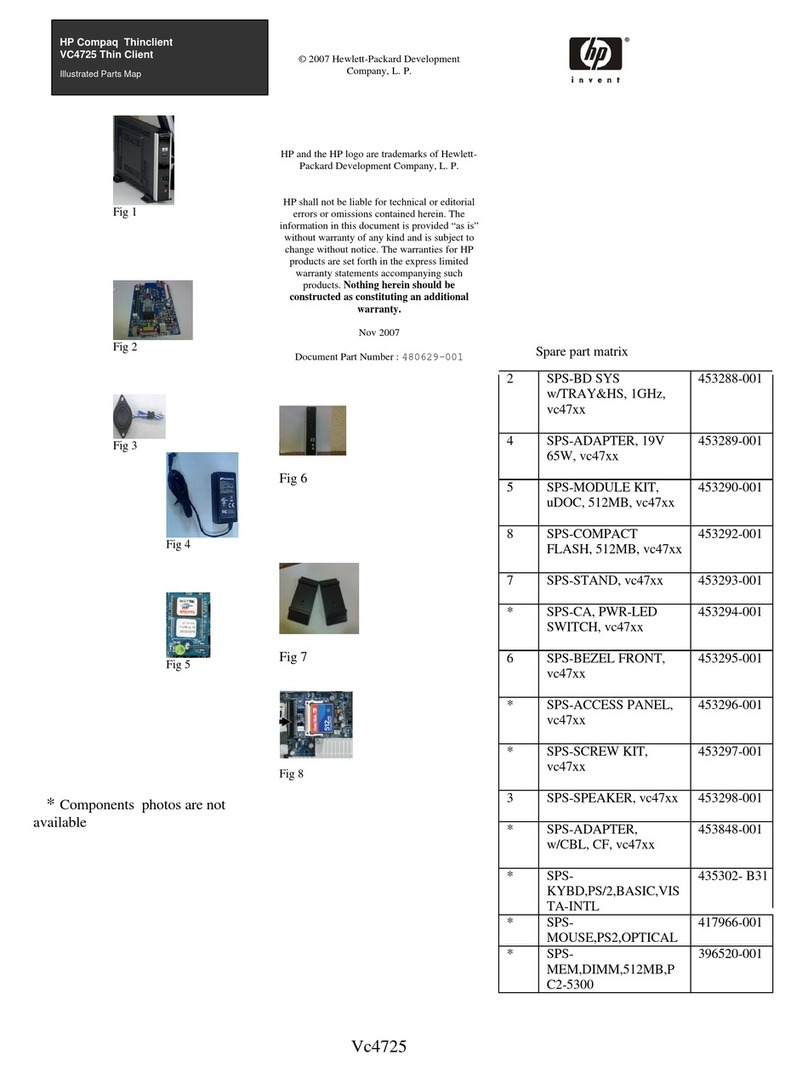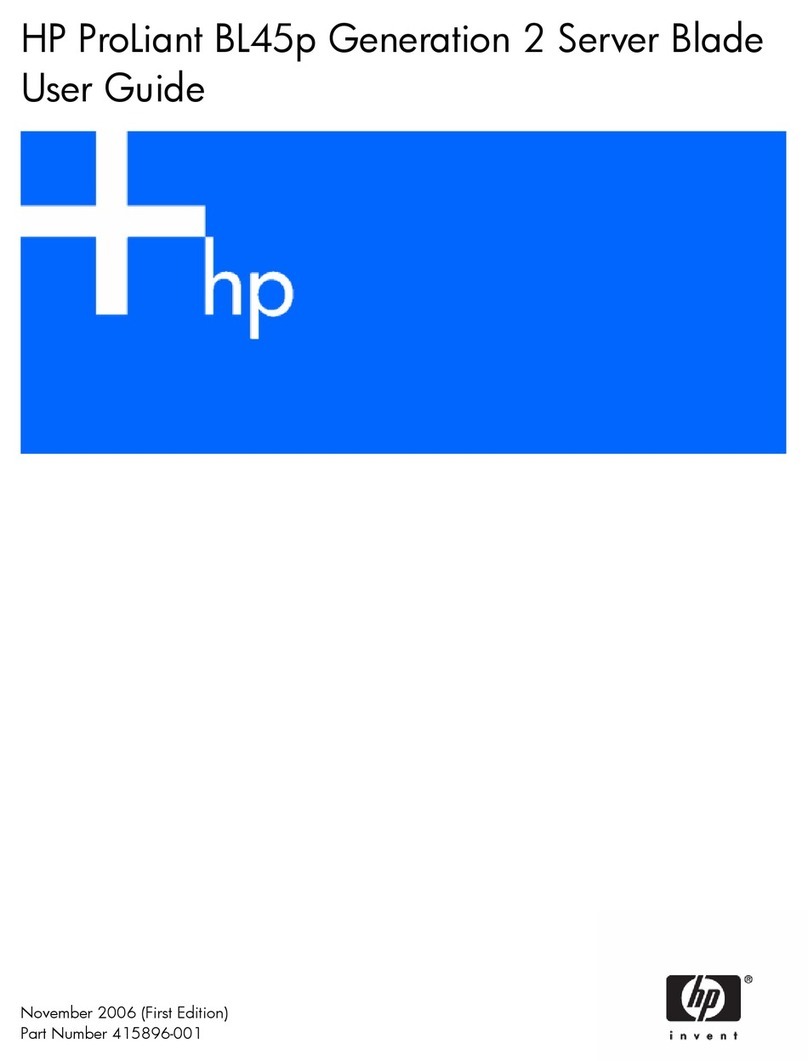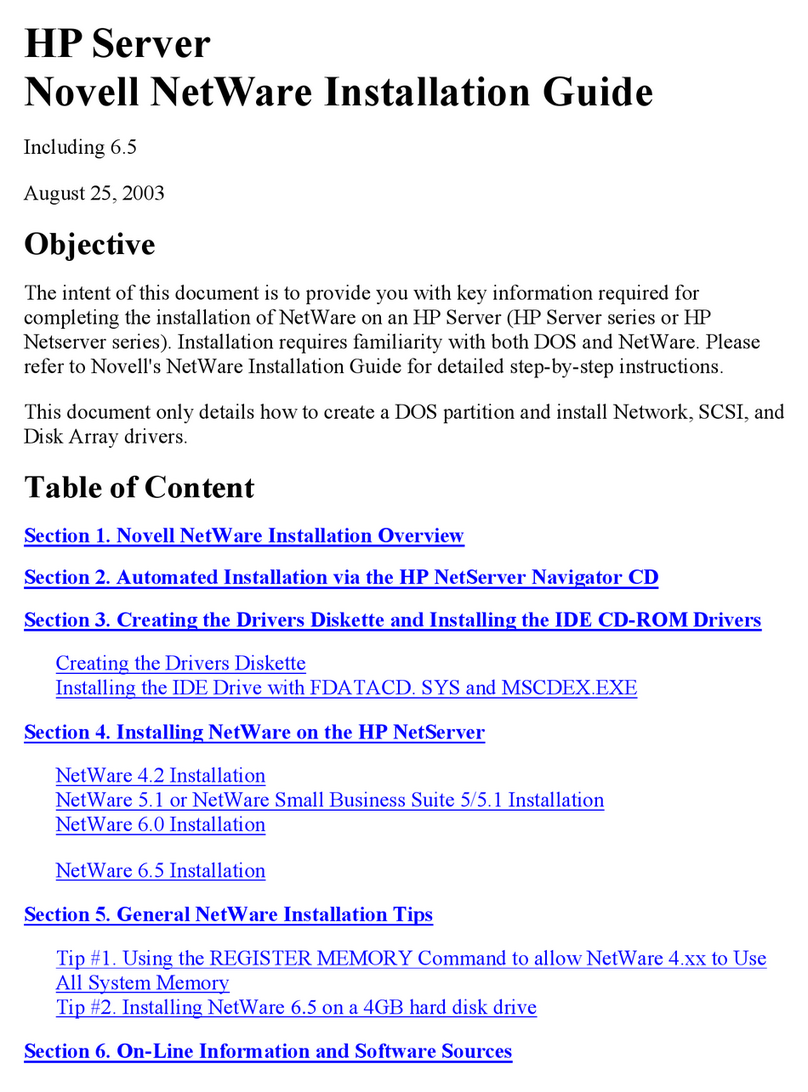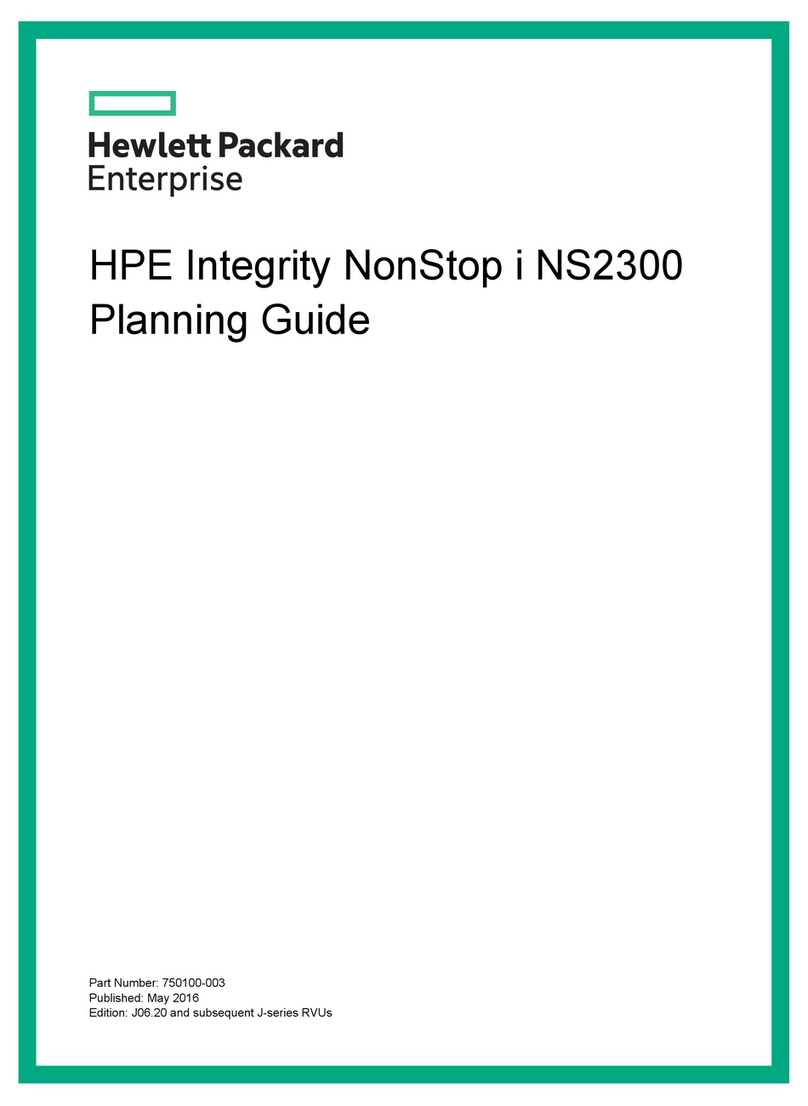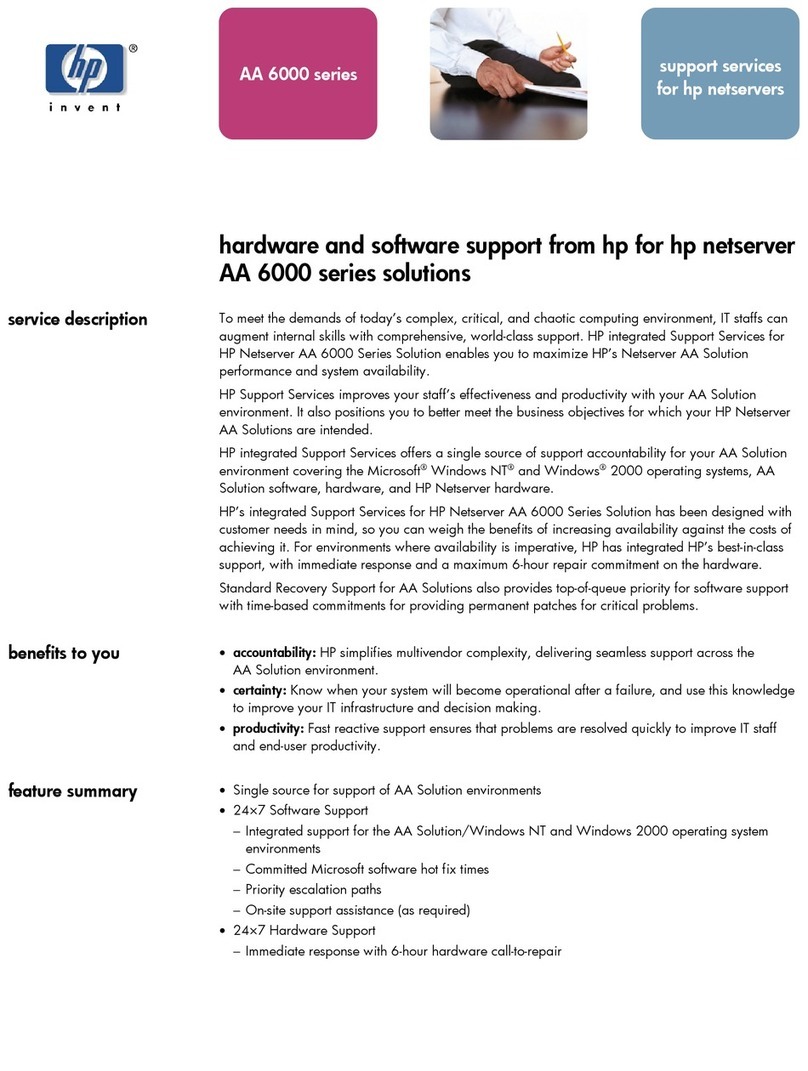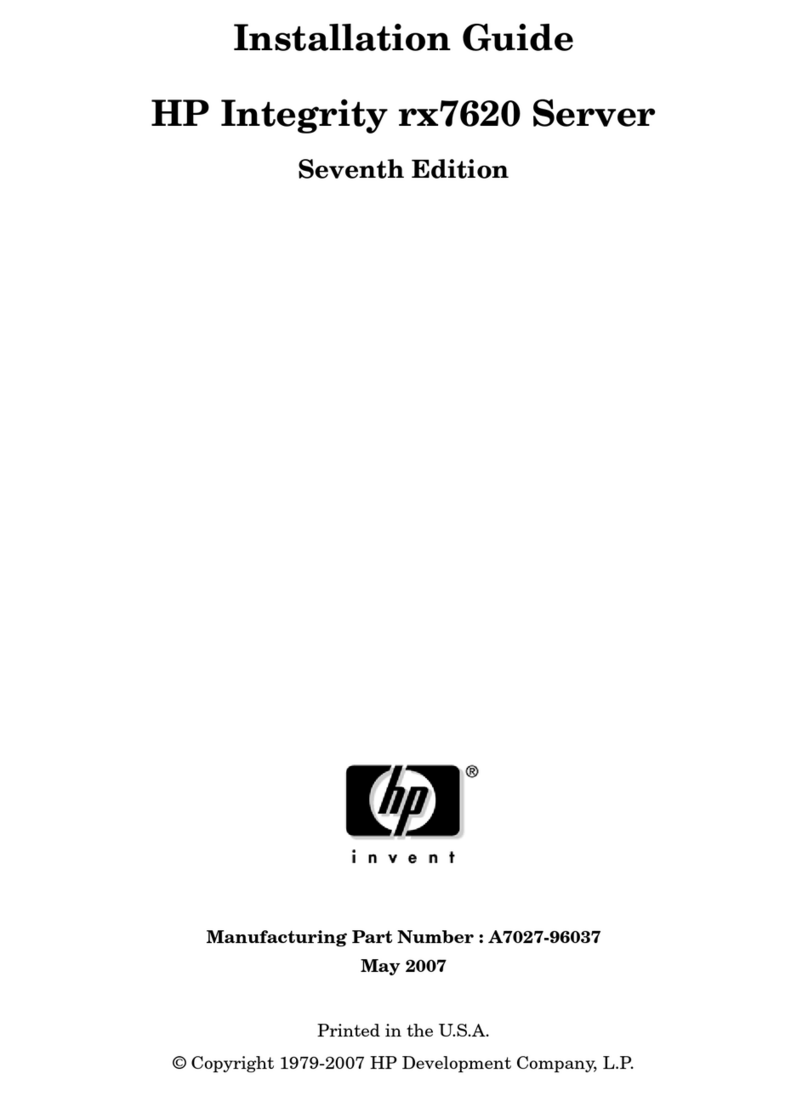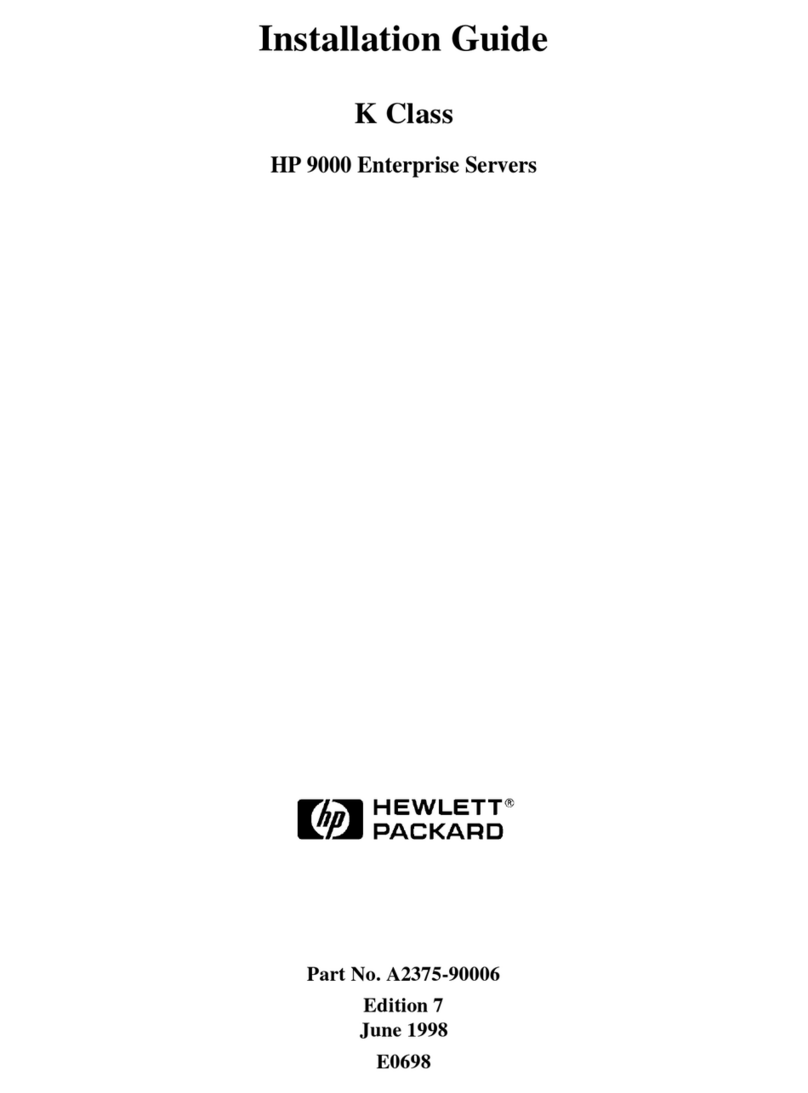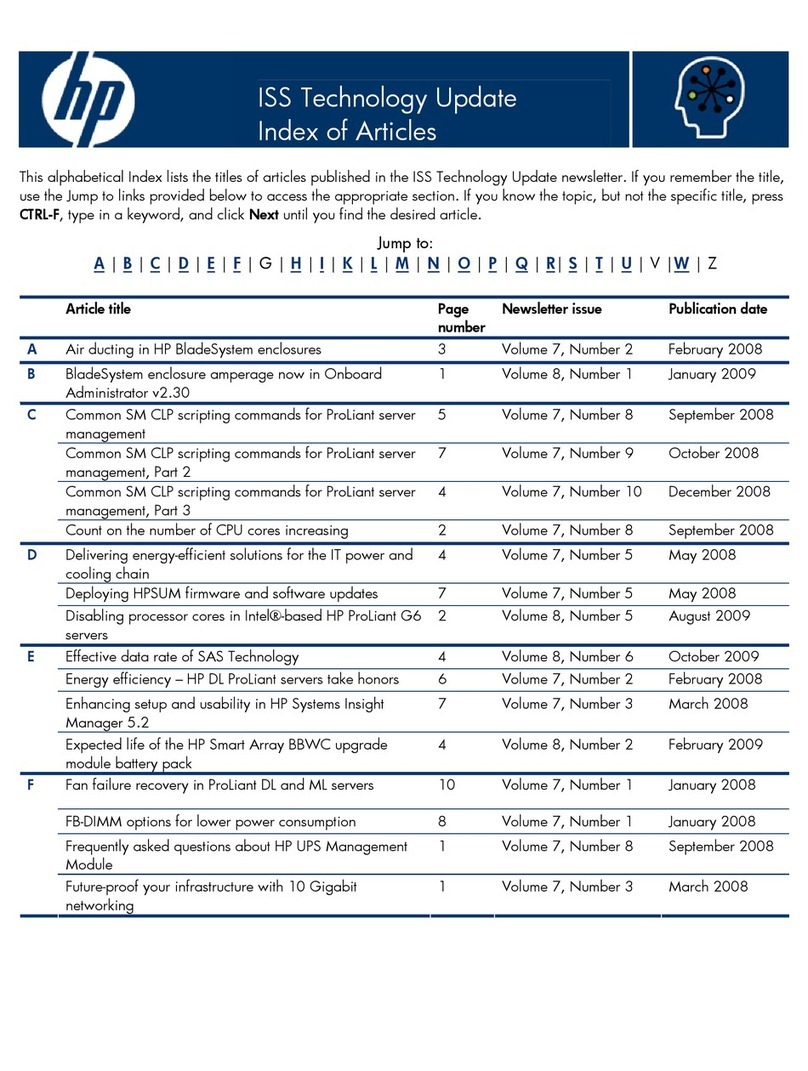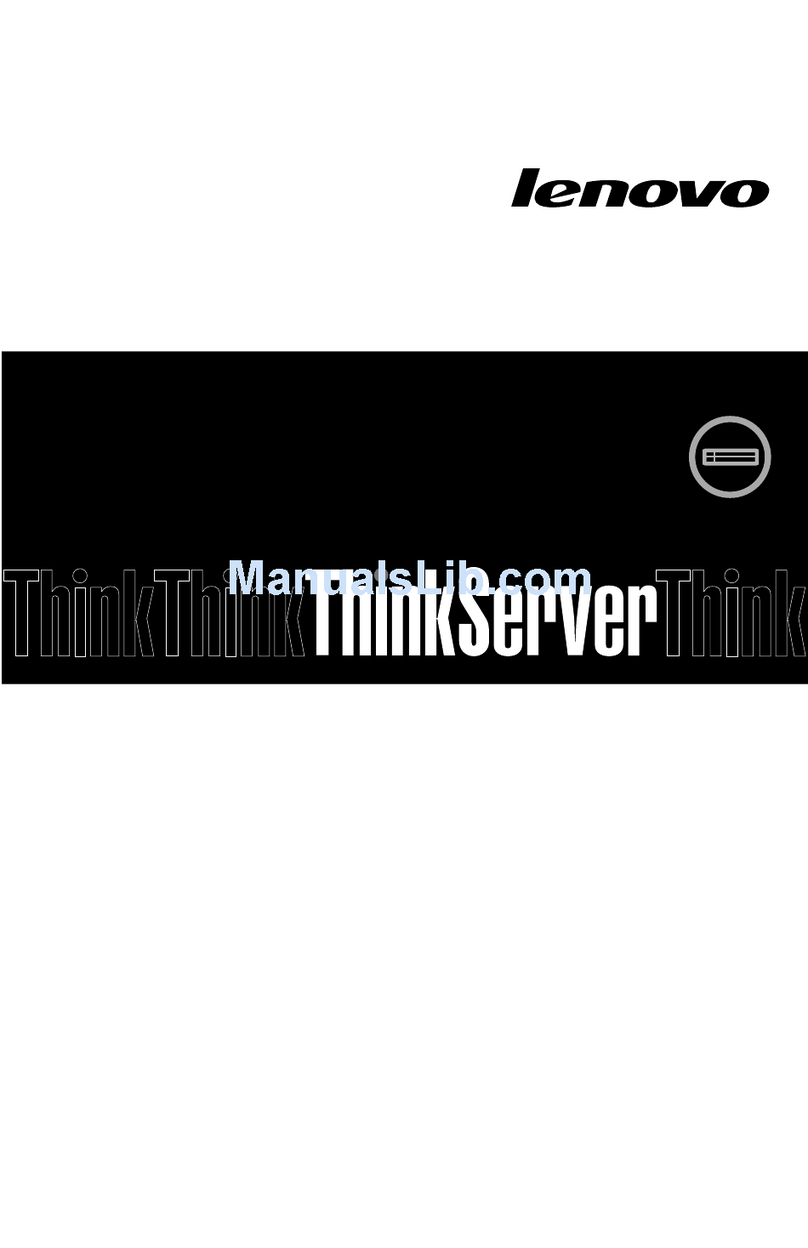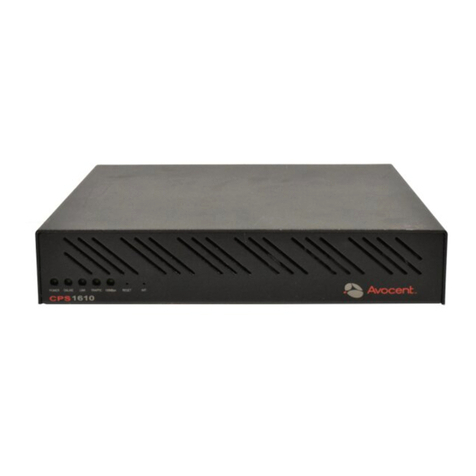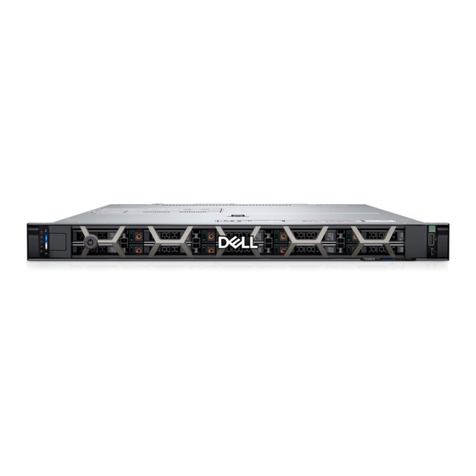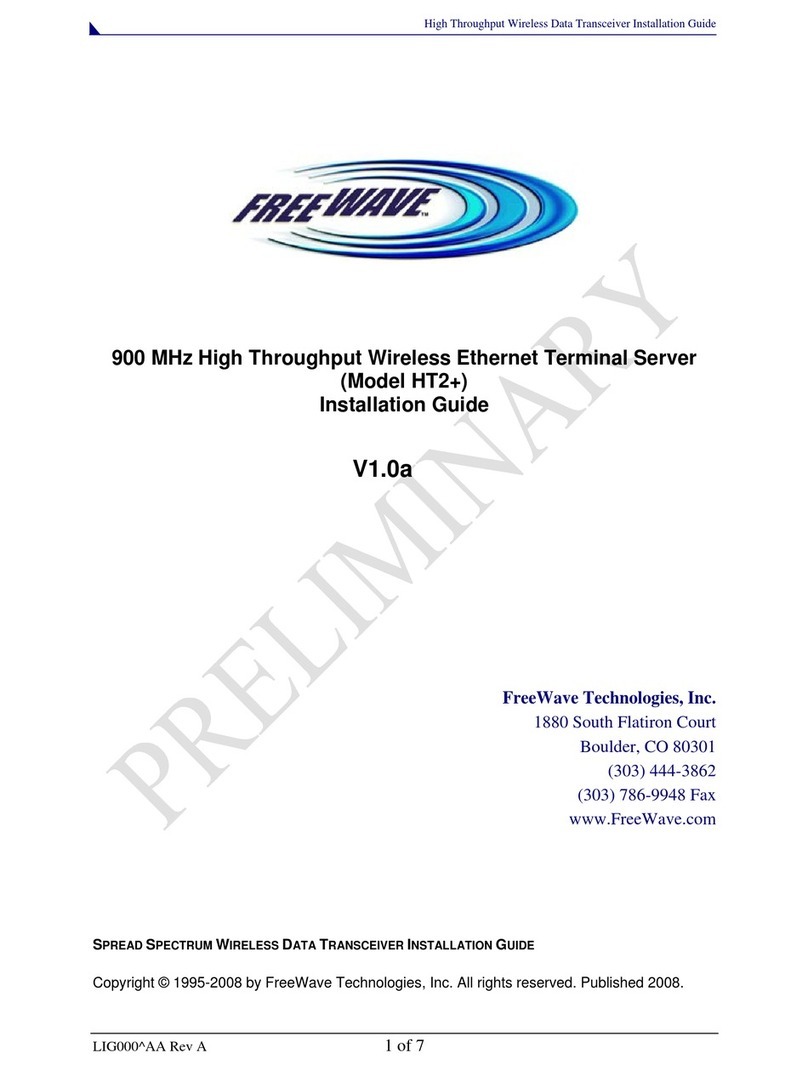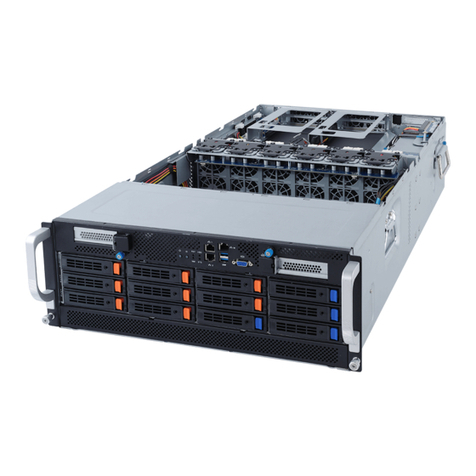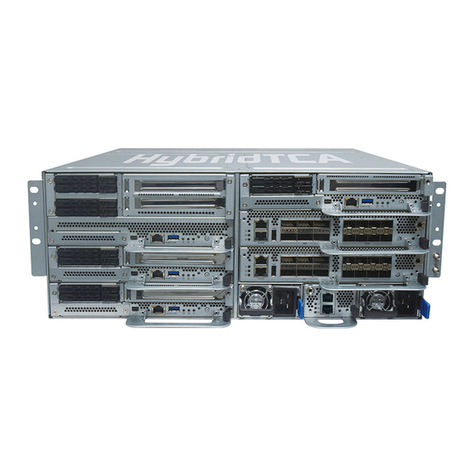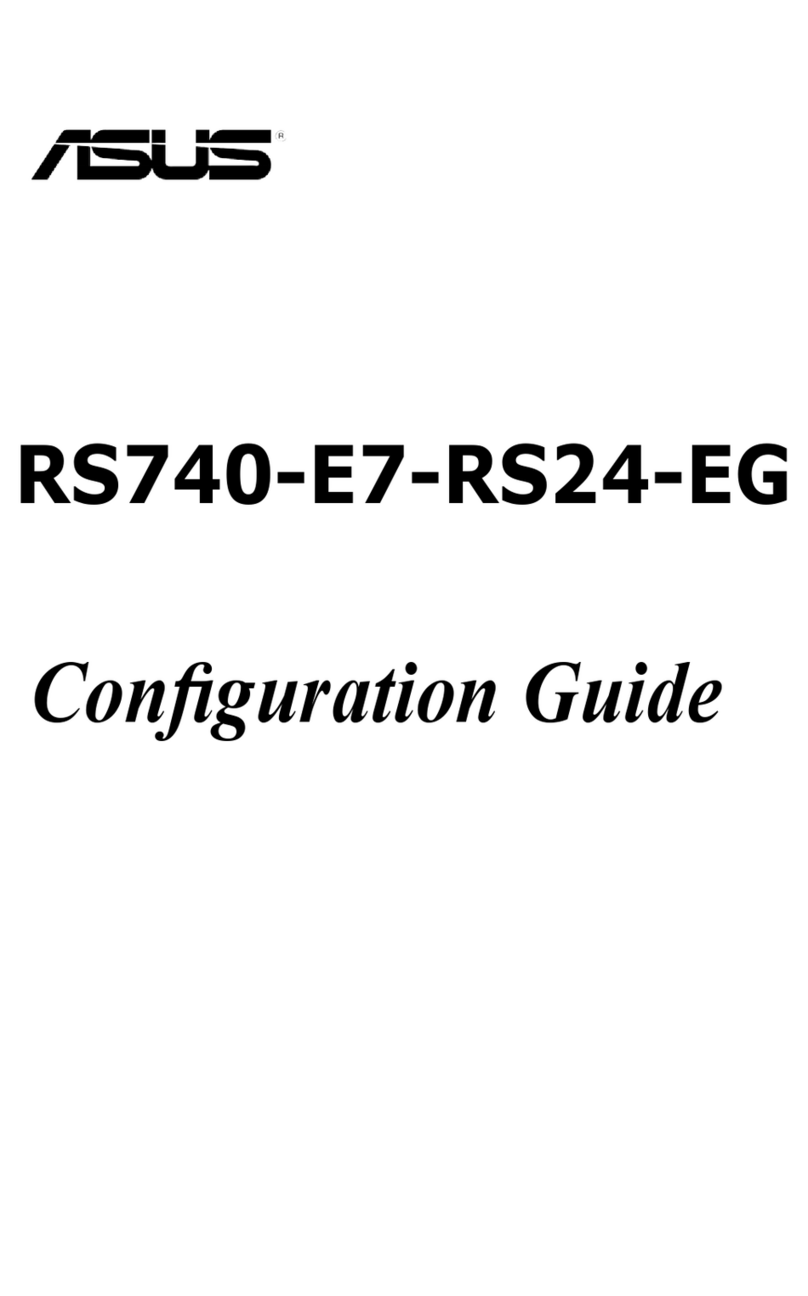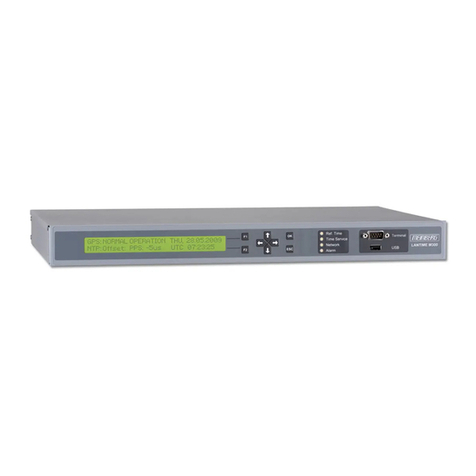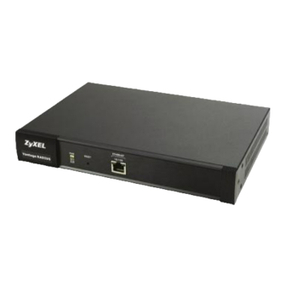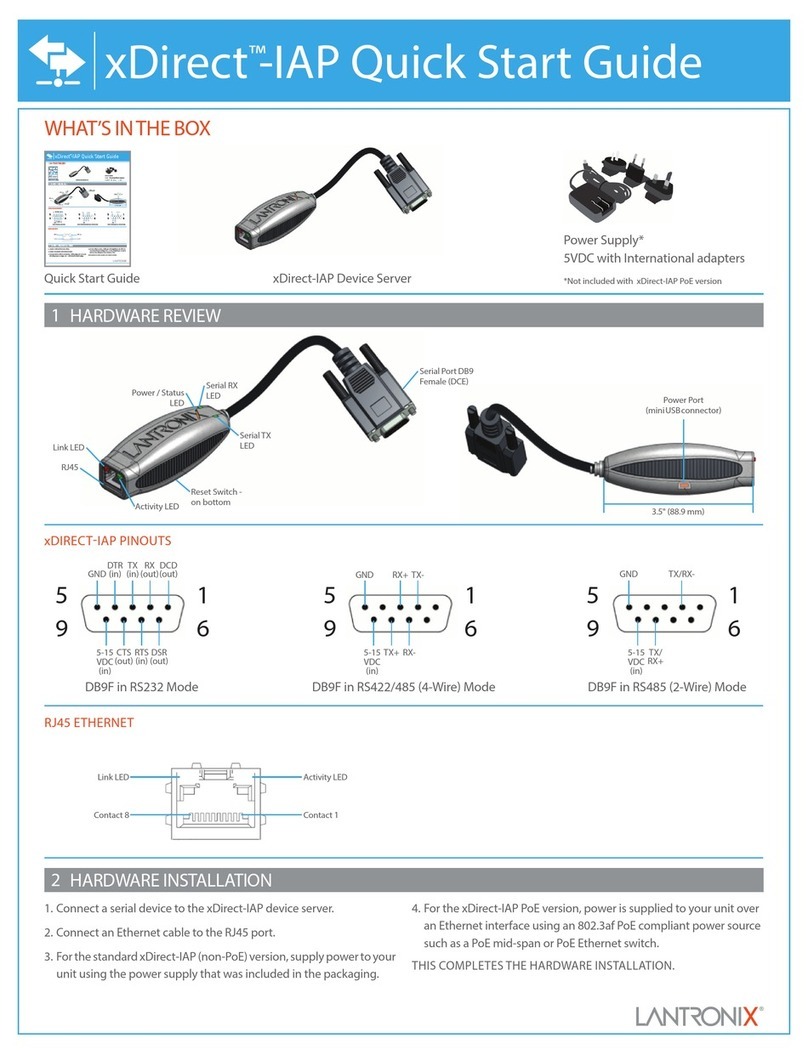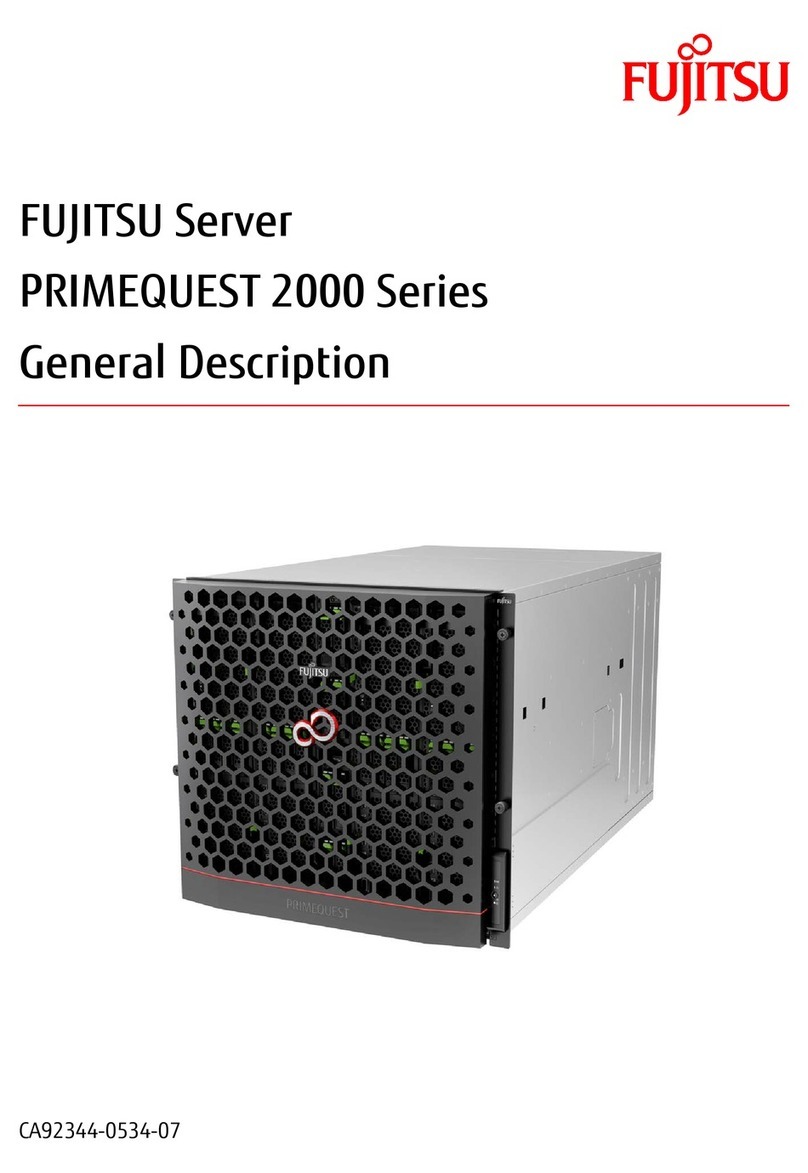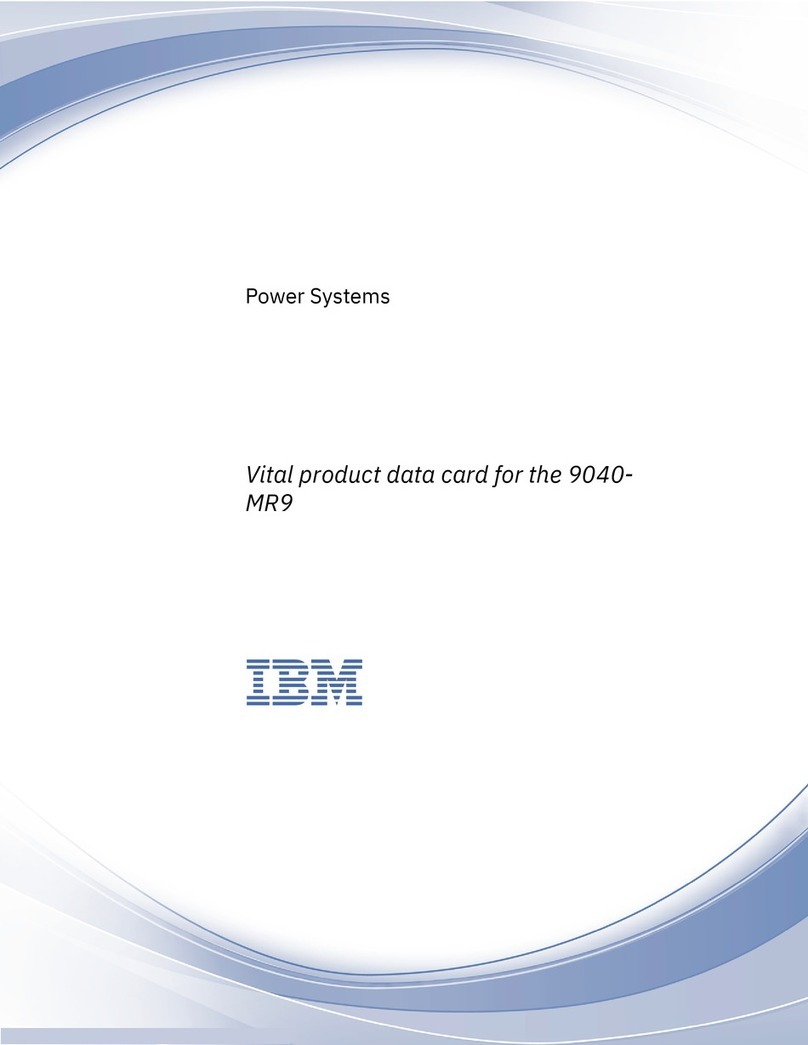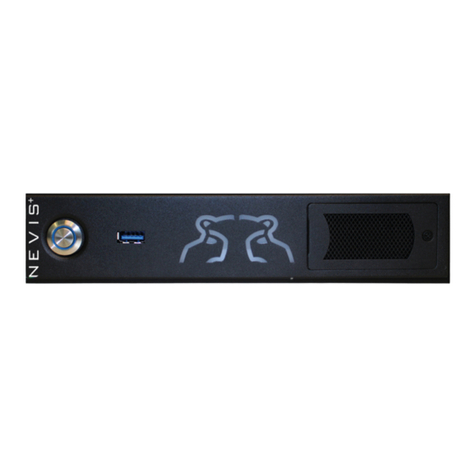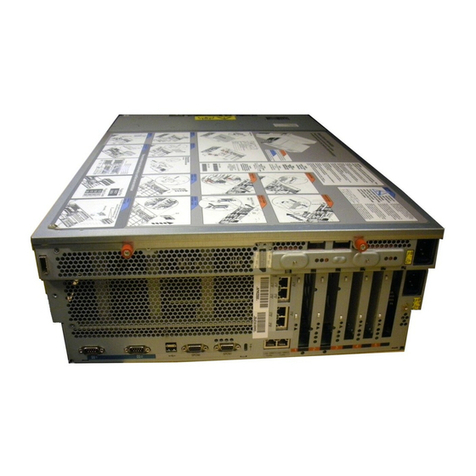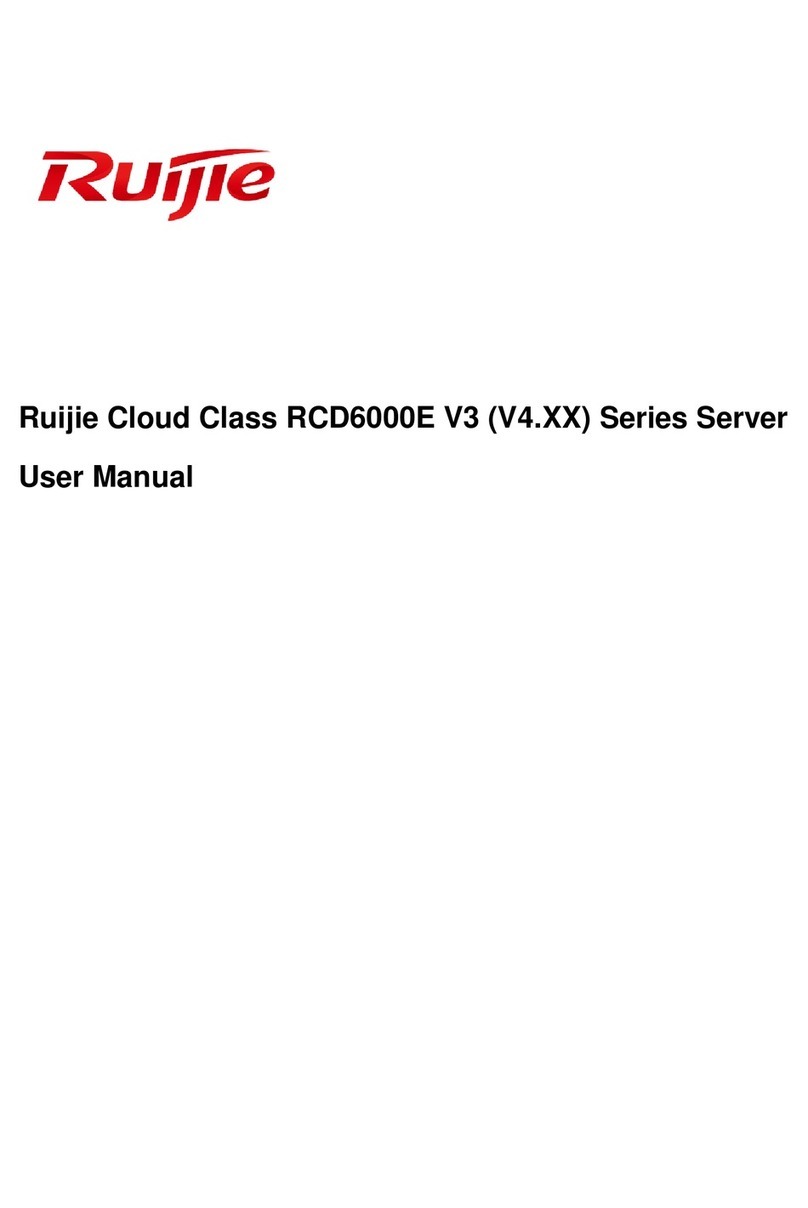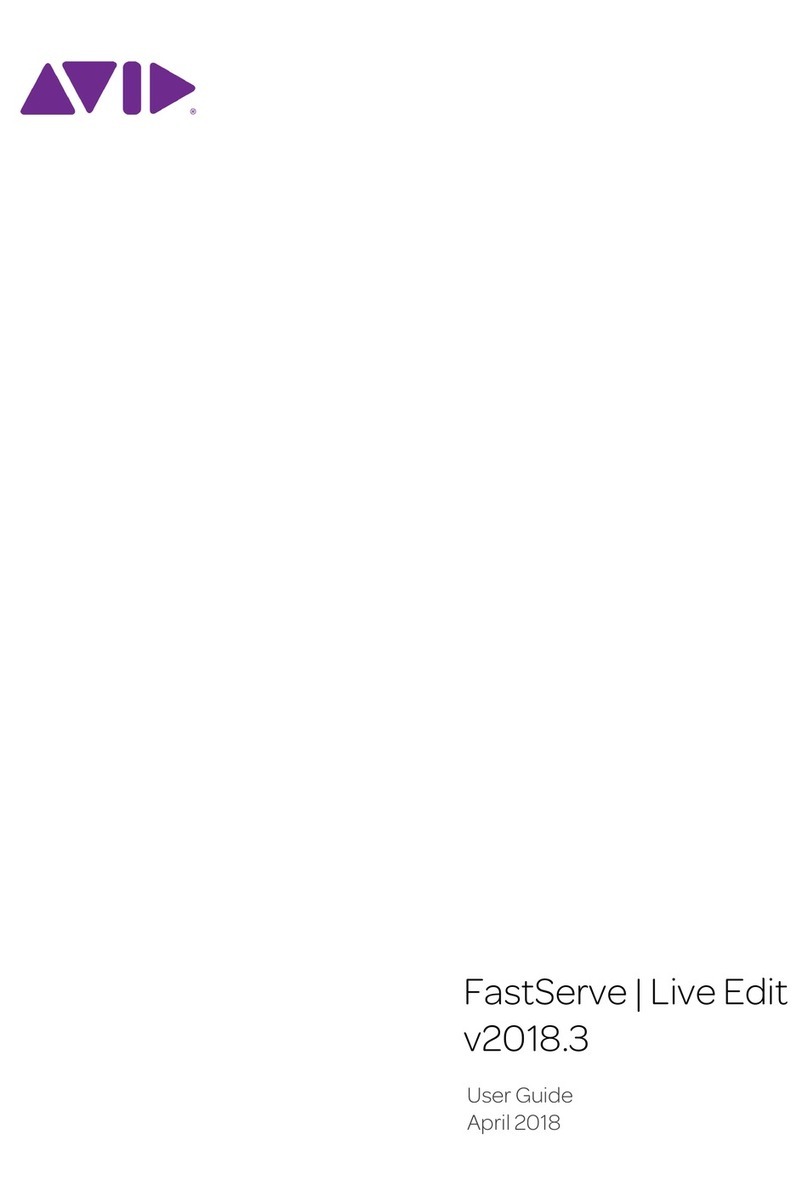
HP Compaq Thin Clients t5000 Series: Benefit Analysis Paper
2
Abstract This paper examines the benefits associated with implementing a thin client sever
computing (TCSC) solution.
Executive
Summary
Today’s information technology administrators must get as much value for their dollar as
possible. They require rapid deployment, easier management of PCs, and uniformity of
products. IT professionals demand easy access to technology, as well as more services
and solutions that free up their resources. Quality, reliability, compatibility, and value
are especially important attributes in the commercial marketplace. From these general
requirements, customer needs become more refined and highly differentiated as they
branch out to specific areas of usage.
Thin Clients Save
Money
The unique advantages of the TCSC model over traditional desktop computing clearly
represent a significant opportunity to reduce the annual hard and soft costs for
managing a network. Highly consistent and stable, thin clients connect to a server where
all processing and storage occurs. Thin clients are positioned according to customer
requirements and benefits, rather than by specific product features. These features
significantly differentiate the TCSC model from traditional desktop computing solutions.
Thin Client Server
Computing versus
Unmanaged
Desktops
The typical computing solution for most enterprises is an unmanaged network.
Unmanaged PC computing has its advantages: user autonomy, the ability to work
independent of a network, and the ability to utilize graphics-intensive applications.
However, unmanaged computing has significant drawbacks that lead to higher costs:
lower security, increased downtime, and increased soft costs. Users are able to add,
delete, and modify programs and data. Diskette drives allow for users to remove
confidential data and load (intentionally or otherwise) harmful viruses.
Companies that are able to utilize a thin client server computing solution are able to
reap substantial savings and benefits versus companies that use traditional PC-based
computing solutions. Consider some of the traditional pitfalls that commonly occur in an
unmanaged computing network:
Hard drive crashes resulting in data loss and user downtime
Costly service calls to repair hardware and solve software problems
Multiple images on different PCs leading to a different set of problems for each
machine
Theft of equipment
Theft of data
Applications are not standardized
Version control is difficult to maintain
Increased time spent deploying software and upgrades
Difficulty establishing uniform standards in complex business environments, such as
post-merger companies
Companies may be forced to spend thousands of dollars every year on technical
support, hardware replacements, and service calls. Industry standard estimates for such
costs are as high as $8000 per PC per year.1The costs associated with maintaining a
thin client network are significantly lower than that of a PC network due to the inherent
strengths of the TCSC model.
1Distributed Computing Benchmarks Analysis, Gartner Group 2001
